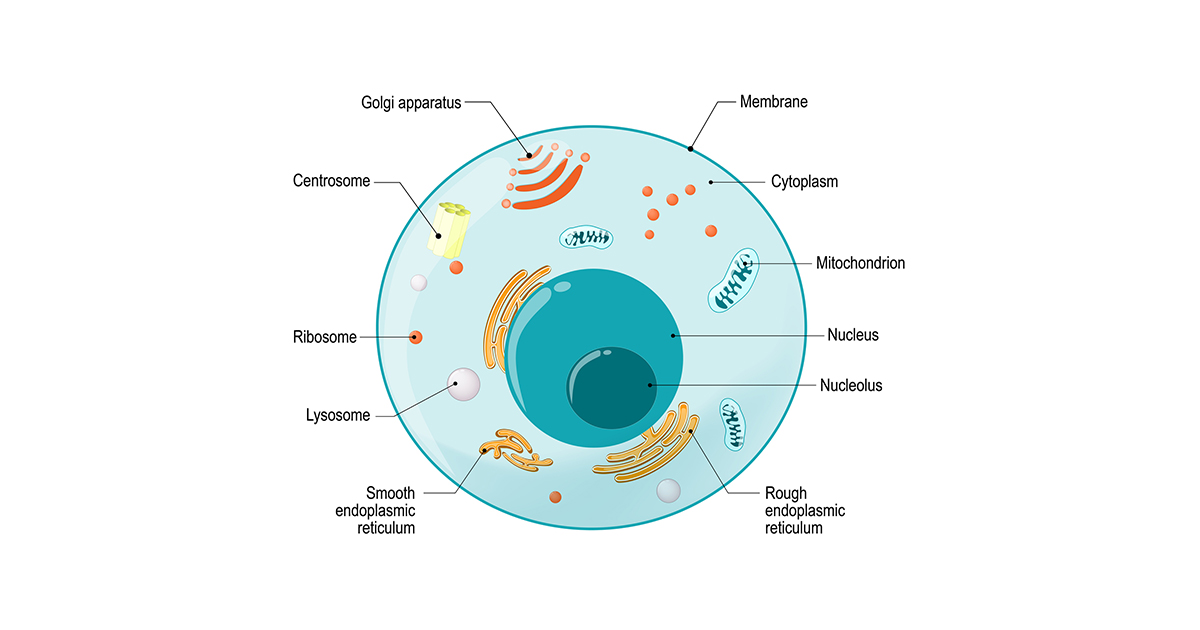How mRNA vaccines work

The COVID-19 vaccines by Pfizer and Moderna are both mRNA vaccines. These innovative vaccines place a small set of short-lived instructions inside your cells. Previous vaccines used either weakened or inactivated viruses or parts of them to jump-start the immune system.
Here’s how an mRNA vaccine works.
- The mRNA vaccine goes into your arm. This mRNA instructs your own cells on how to build a part of a protein that the virus has. The needle will hurt like when receiving other vaccines
- Your muscle cells take up this mRNA and read the instructions, building a spike protein that also is on the coronavirus (SARS-CoV-2)
- Some of the spike protein shows in part or in whole on the surface of these cells
- Your immune system recognizes that the protein is different. It starts to produce antibodies as well as trains immune cells to recognize it in the future
- When your body next sees SARS-CoV-2, some antibodies will be there to start protecting immediately, and immune cells will be primed to increase that protection
You need both injections of the mRNA vaccine to get the full protective effects. One shot alone does not protect the way that was seen in the clinical trials. The mRNA is quickly degraded inside your body, so it doesn’t stick around for long.
Does the COVID-19 mRNA vaccine give COVID-19?
No. The COVID-19 mRNA vaccine prevents COVID-19 disease. Since mRNA vaccines don’t carry any virus, the vaccine cannot cause COVID-19 infection.
Do mRNA vaccines change your DNA?
No. COVID-19 mRNA vaccines do their work outside of the nucleus in the cytoplasm. DNA is in the nucleus.







